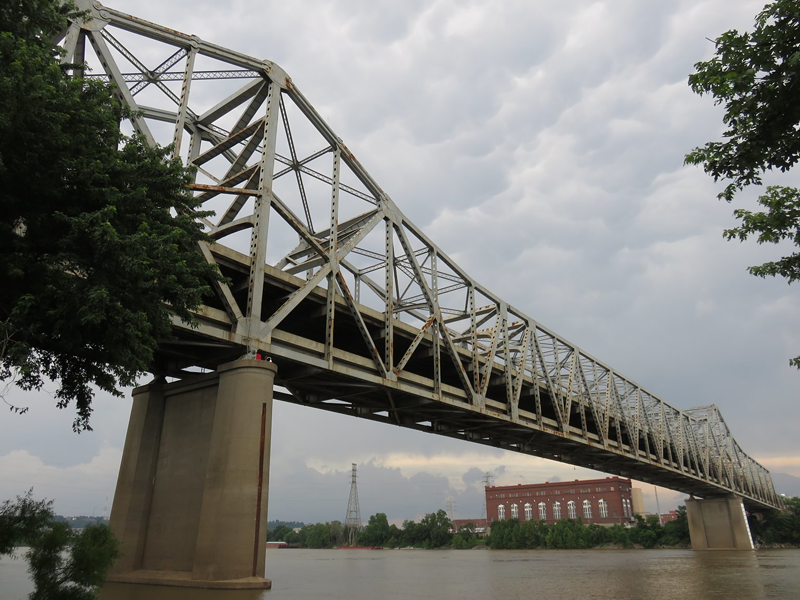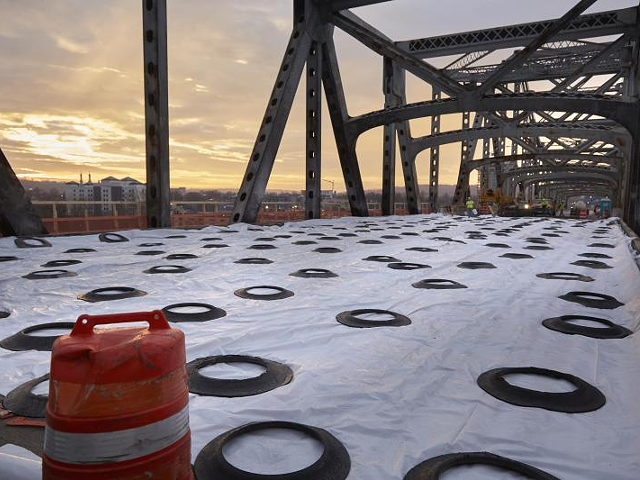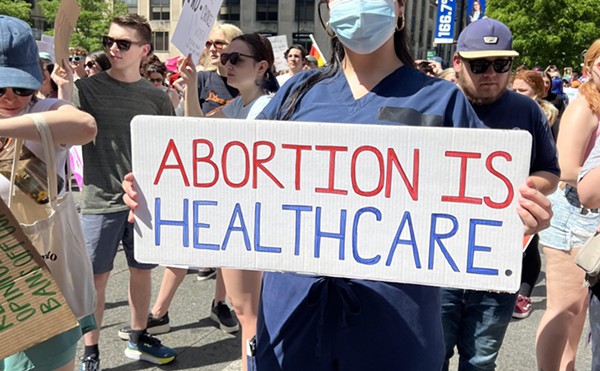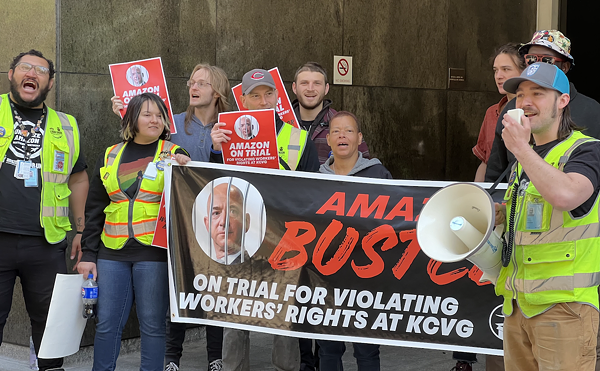Pete Buttigieg as the incoming pick for U.S. transportation secretary would take office at a time when both state and local officials are deeply frustrated that not enough is being done to maintain and improve the country’s transportation networks.
But nobody seems to be able to solve the problem.
For example, two presidents have vowed to replace the aging Brent Spence Bridge between Cincinnati and northern Kentucky, but there’s still no plan to do so. In fact, the bridge closed down for a month because of damage it sustained in a November truck accident. Officials just reopened it a few days before Christmas.
Amtrak officials warn that passenger rail service that connects far-flung cities along the East Coast, from Boston and through Maryland to Washington, D.C., could stop anytime, if one of two 110-year-old tunnels underneath the Hudson River fails. The tubes were damaged when they flooded after Hurricane Sandy.
Nearly every state has its pain point: In Louisiana, Baton Rouge residents have been calling for a new bridge over the Mississippi River for years to cope with increased congestion. Missouri leaders have struggled for years to find money for road improvements, particularly for the heavily trafficked Interstate 70 corridor.
Michigan’s voters became so frustrated with the state’s pothole-pocked streets that Gov. Gretchen Whitmer ran — and won — on a promise to “fix the damn roads.”
Transportation advocates are cheered, though, because although Buttigieg did not come from the transportation world, as mayor of South Bend, Ind., he had experience with some of the nuts-and-bolts annoyances that professionals in the field encounter every day.
As a former presidential candidate, Buttigieg also brings the support of his own legions of fans to the U.S. Department of Transportation, elevating the profile of the obscure agency.
Perhaps more than anything, though, Buttigieg sounded the right notes for people who have been frustrated by Congress’ inability over the last decade to pass major infrastructure packages.
“A deal is not just possible, it’s necessary,” Buttigieg told CNN’s Jake Tapper. “The American people are ready for us to finally, actually do something about infrastructure. We can’t keep letting ‘Infrastructure Week’ be a Washington punchline.”
Trump promises
President Donald Trump purportedly supported a major infrastructure initiative, and talked about a building program that could cost as much as $2 trillion.
But the Republican president did little to advance that goal on Capitol Hill. In fact, it seemed every time Trump would try to play up the need for a big infrastructure package, he would undermine those efforts by igniting other controversies.
The most obvious example was a Trump Tower news conference he held to highlight the onerous federal approval process for major projects. That message was lost when he told reporters there were “very fine people on both sides” of a white nationalist rally in Charlottesville, Va.
But the difficulties in getting congressional approval for new infrastructure initiatives pre-date Trump’s time in office, and they’re likely to make life difficult for Buttigieg and the Biden administration as well.
The obstacles include a funding mechanism for roads and bridges that no longer works, growing partisanship in transportation policy, the lack of a national strategy to deal with climate change and tensions between states and local governments about who should decide how best to spend federal money.
Amid that, President-elect Joe Biden is pushing for an aggressive transportation policy, which Buttigieg would be a key player in rolling out.
“Jobs, infrastructure, equity and climate all come together at the DOT, the site of some of our most ambitious plans to build back better,” Biden said as he announced that he would tap Buttigieg for the Cabinet post. “I trust Mayor Pete to lead this work with focus, decency and a bold vision. He will bring people together to get big things done.”
Filling potholes
Buttigieg has described himself as a transportation nerd. He famously proposed to his husband, Chasten, in a terminal at O’Hare Airport in Chicago.
As mayor of South Bend, Buttigieg oversaw a rollout of a “Complete Streets” plan that slowed vehicle speeds downtown, eliminated one-way streets and, according to Buttigieg, helped with the area’s economic revival.
Buttigieg also helped fill potholes with a public works crew and fielded complaints from residents about frequent horn blasts from freight trains that started seemingly without warning.
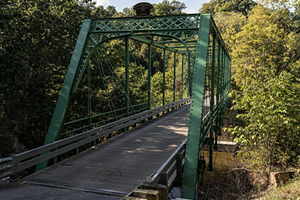
What set Buttigieg apart from other public officials, she said, is that he spent his time asking agency employees questions about how the department worked, rather than making demands about what he wanted them to do for him.
“I was impressed, not only in that he really wanted to know what was possible within DOT, but he also wanted to know what other cities he should look at as examples of doing really interesting, innovative things,” said Osborne, who is now the director of Transportation for America, an advocacy group that is pushing for less highway-focused infrastructure spending.
Buttigieg, Osborne added, also “recognize[d] that transportation can facilitate local economic development, but it can also undercut it by not creating the right kind of transportation for that environment.”
Courting the Hill
If Buttigieg is confirmed by the Senate, he will take over an agency of nearly 54,000 employees (more than 44,000 of those, including air traffic controllers, work at the Federal Aviation Administration).
He will guide an agency that decides whether SUVs are safe enough for pedestrians, how much rest long-haul truckers need on their runs, what technologies should be used for driverless cars, and what safety precautions train crews need to take to avoid derailments.
But the incoming secretary’s most visible duties will likely be on Capitol Hill.
The pandemic this year has increased the strain on both highway and transit systems. The American Association of State Highway and Transportation Officials, which represents state transportation departments, asked Congress in June for $50 billion to make up for lost funding because of COVID-19.
The last-minute spending bill lawmakers sent to Trump in late December included $10 billion. Similarly, transit agencies received $14 billion in the relief bill, but industry leaders say they need another $32 billion in the coming year.
The big sticking point in Washington, even before the COVID-19 recession, is the shortage of money for transportation spending.
From the time President Dwight D. Eisenhower created the interstate highway system in 1956 until the Great Recession, the federal government paid for its share of the road network using proceeds from a federal gas tax.
That money was put in a special “trust fund,” which was designed to prevent lawmakers from using transportation money for other purposes.
Since 2008, though, fuel tax revenues have not been enough to meet the ongoing demands of the states and transit systems that rely on that money. The fuel taxes are imposed on a per-gallon basis, which means they don’t adjust to inflation, and Congress hasn’t raised the per-gallon rates since 1993.
Meanwhile, vehicles are becoming more fuel efficient, meaning people have to buy less gas per mile that their cars travel. The trust fund went broke.
That forced Congress to make a choice: it could reduce the amount of money it sent to states, or it could find new money to put in the trust fund. Eight times between 2008 and 2020, Congress opted to stash more money into the trust fund. That amounted to an extra $157 billion. But it’s only enough to get through next fall.
When Buttigieg ran for president, he said USDOT should come up with a way to move from fuel taxes to mileage fees. Biden, on the other hand, did not specify how he would come up with the money for his infrastructure improvement plan.
Still, Buttigieg will be a key figure in negotiating what comes next, whether it’s a deal to keep the current system limping along with money scraped together from other federal departments or a revolutionary new way of funding infrastructure.
This story was originally published by the Ohio Capital Journal

